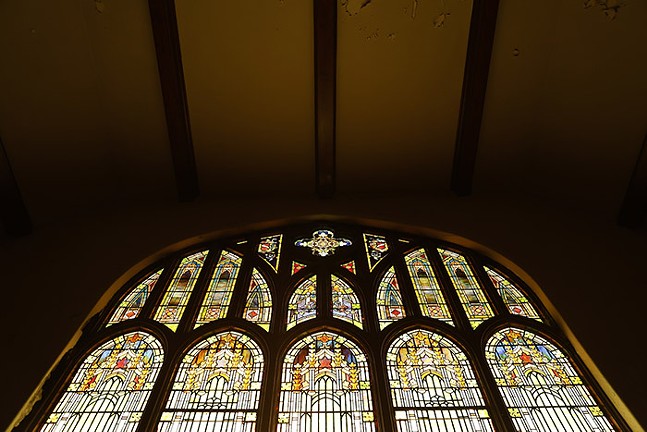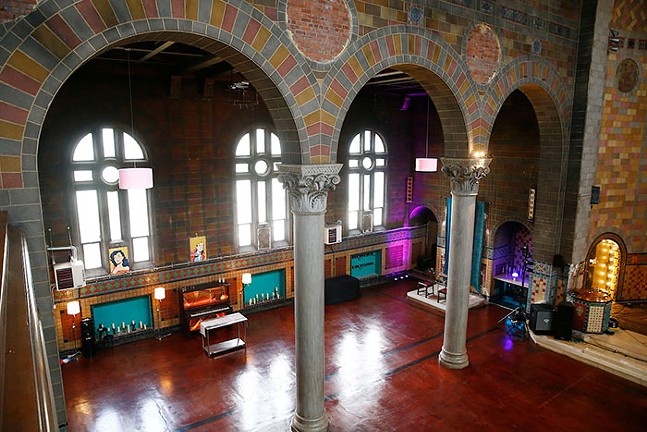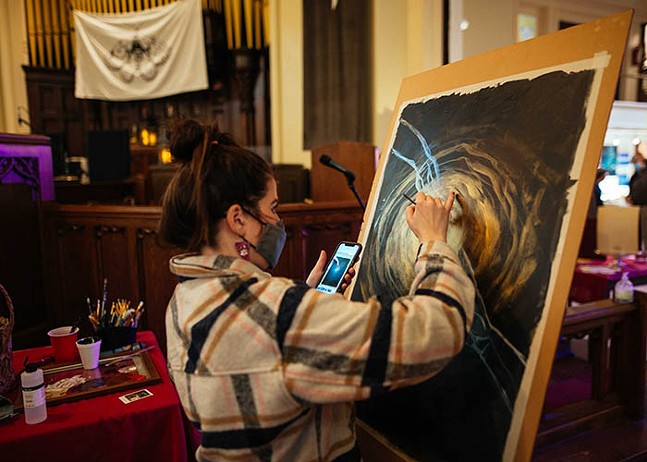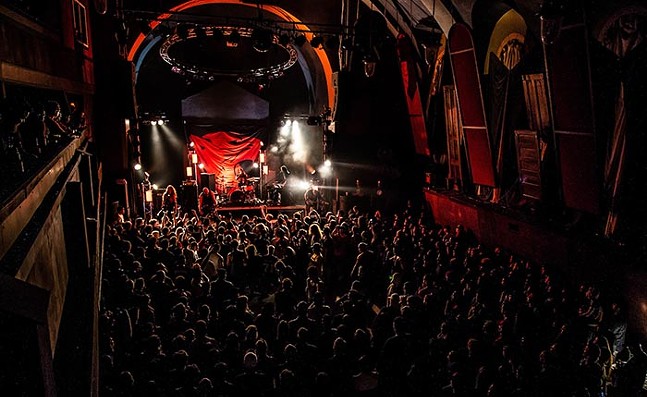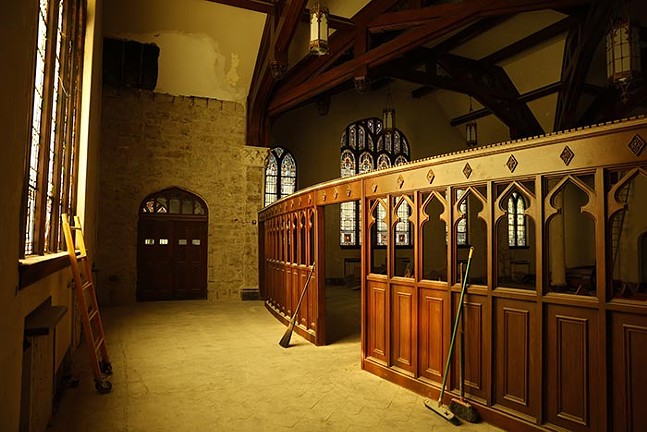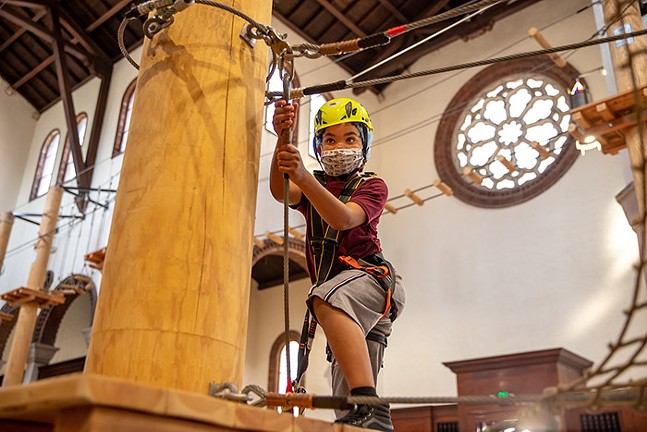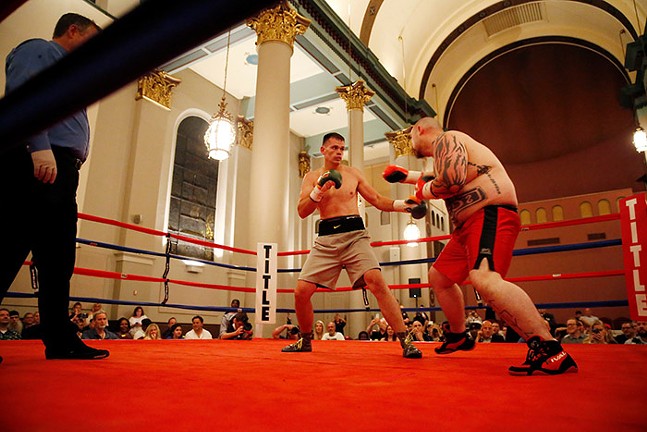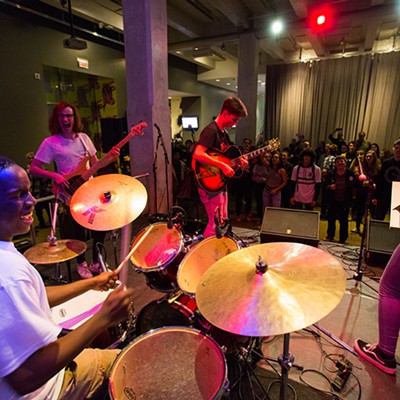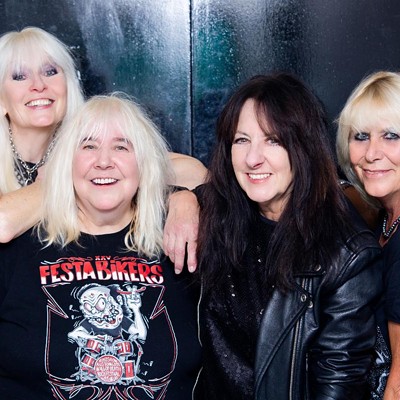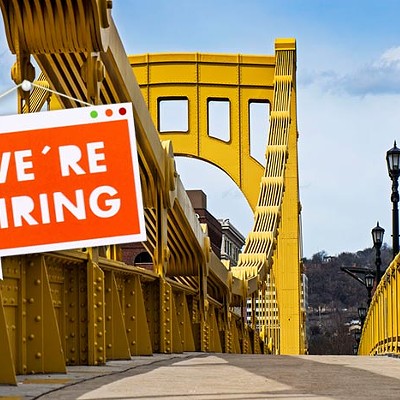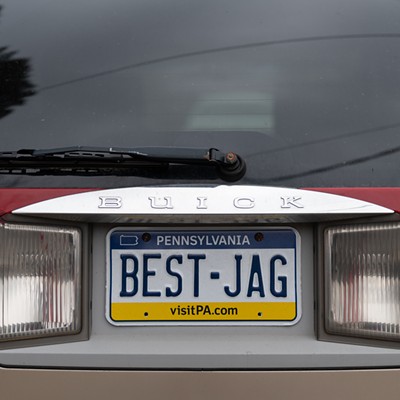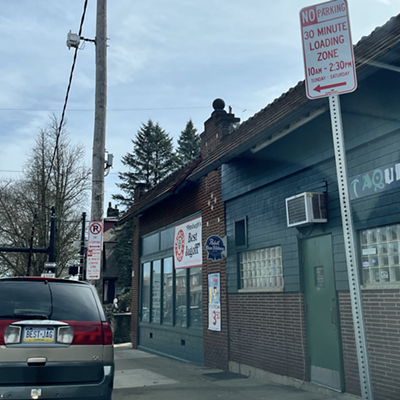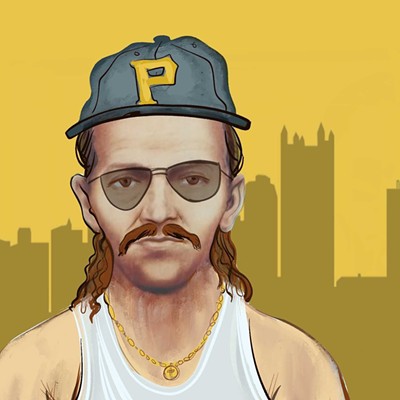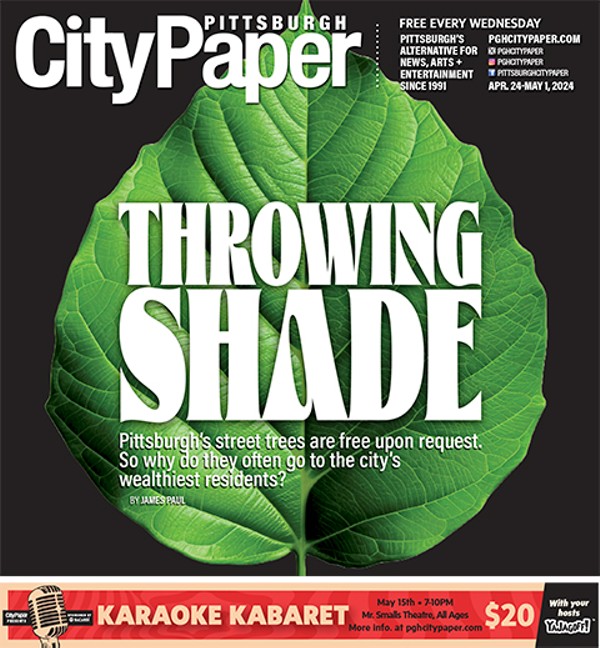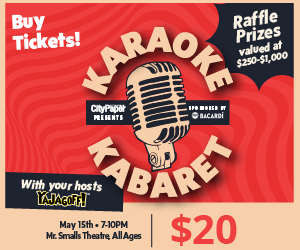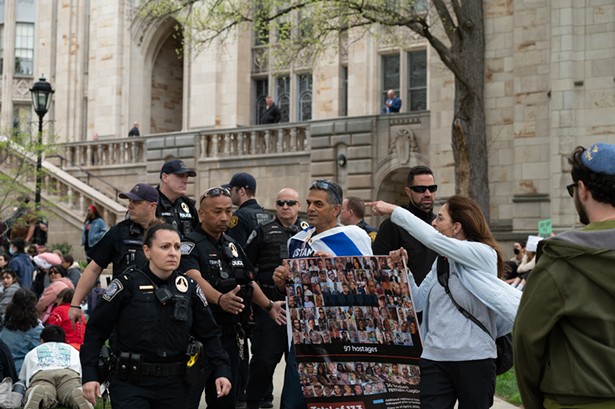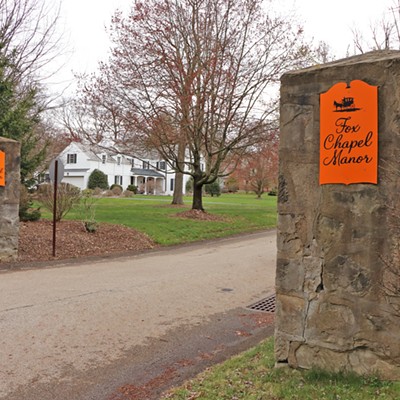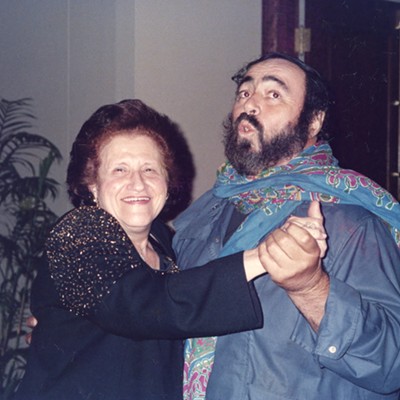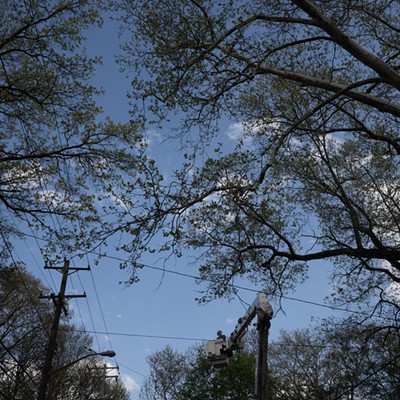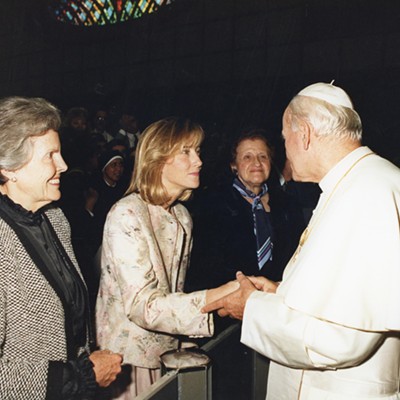Across the city, though, many of these old buildings have experienced a revitalization where they’ve been repurposed for other uses. From private homes, to witch covens, to bars, many of these historic structures have been “born again.”
Church Brew Works
3525 Liberty Ave., Lawrenceville. churchbrew.comThis is likely the most well-known use of an old church in the city. Locally brewed beer hearkens back to the roots of the Irish and Scottish Catholic congregants that once worshipped in its soaring main hall, which is now lined with kettles of fermenting brews. The building, erected in 1878, opened as a brewery and restaurant in 1996. The team worked to reuse as much as they could, including building the bar out of pieces of some old pews. Shortened versions of the original pews serve as table seating.
This is Red
605 E. Ninth Ave., Munhall. thisisredeventspace.comA Slovak congregation around the turn of the century wanted a church to call its own, where Slovaks could practice their cultural traditions and worship in their language. St. Michael’s, constructed beginning in 1925, is a mix of classic Romanesque architecture combined with Eastern Byzantine influences. As folks began to assimilate and lose their distinct heritages, there was not much need for such a niche parish. The doors closed in 2009 and the diocese removed all religious figures. In 2015, the space was purchased and opened as an event space. It houses offices, hosts weddings, and even has a grotto where Yoda has replaced the removed relic.
The Cove Art Center
939 California Ave., Avalon. facebook.com/TheCOVEArtCenterGreenstone United Methodist Church in Avalon still has an active congregation, but does not need all of the massive building. Once a Methodist Episcopal group meeting in a log church a few blocks away, it has moved and changed over the years. The current building is literally constructed from green stones, hence the name. The Cove Art Center, an afterschool program, introduces kids to creative arts and hosts an artist collective (facebook.com/TheNoveltyCollective) as well. During the lockdown of the pandemic, local folks used the church kitchen to feed thousands of neighbors, as featured on online food publication Heated. The church also houses a daycare and the local Cub Scouts troop, showcasing how even with a dwindling congregation, old churches can have new life.
Mr. Smalls Theatre
400 Lincoln Ave., Millvale. mrsmalls.comMany Pittsburghers have seen some of their favorite bands at Mr. Smalls Theatre, a local icon in the music scene. The church — which was erected in 1924 as St. Ann’s Catholic Church — opened as a recording studio, event space, restaurant, and music venue in 2002. Bought by a music industry couple and named after their son’s nickname, it’s hosted major names such as Fall Out Boy and Snoop Dog. One of the founders, Liz Berlin, is a member of the rock band Rusted Root, which began in Pittsburgh.
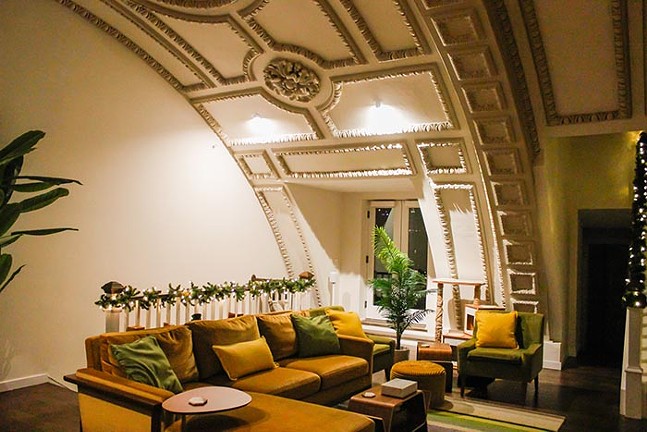
22nd Street Condos
Elemental Magick
1111 State Ave., Coraopolis. facebook.com/ElementalMagickIncElemental Magick is a metaphysical and healing shop run by a coven of local witches — wives Tabitha and Tamara Latshaw, and their sister-in-law Kari Latshaw — who are currently rehabbing an old church in Coraopolis. Right now, they work out of a storefront nine minutes away in Sewickley while they restore the 1915 Presbyterian church they've named "Greystone Castle" to its former glory. The previous owner wanted to knock it down to sell the windows, which were created by the Rudy brothers, who designed for Tiffany & Co. They are valued at $1 million dollars, and the sisters have no plans to remove them from their original home. They were drawn to the space, they say, by the positive supernatural activity in the building, including disembodied voices, orbs, pipe smoke, and more. While religious services are no longer held in the old relic, the spiritual world is still very active within its walls.
Dragon’s Den
1008 Amith St., Homestead. dragonsdenpgh.orgSt. Mary Magdalene, a restored Italianate Renaissance church listed on the National Historic Register of Historic Places, now hosts an adventure course for Pittsburgh-area youth. The community center is about more than just climbing, though, as the staff and volunteers seek to build connections with local kids and foster character development. Students, scout groups, sports teams, and families alike enjoy this unique addition to the city’s indoor recreation space. While the original purpose of the building has changed, it’s still a hub of community connection. The soaring ceiling of the main sanctuary space is perfect for a zip line, too.
The Priory
614 Pressley St., North Side. pittsburghsgrandhall.comThis 1854 Italianate structure housed the former St. Mary’s congregation, which consisted of German, Austrian, and Swiss immigrants — hence the neighborhood being designated Deutschtown. The property actually did house a priory (similar to a monastery or convent). It’s become a premier event space and hotel in the city, and the soaring ceilings and intricate glasswork lend a regal feel to every event that occurs there. Originally the building had no stained glass, as a local group at the time targeted and broke windows of many Catholic immigrant churches. The current glass was placed in 1912. The church was set to be demolished to make way for Interstate 279, but a long legal battle saved the building in the 1980s.
Union Project
801 N. Negley Ave., Highland Park. unionproject.orgThis 1903 Gothic Revival building was originally the home of the Second United Presbyterian Church, though it changed hands many times. The last congregation was the Union Baptist Church, which is where the current owners derived the name for their project. In 2003, a community education project led to volunteers learning the art of stained glass and helping to restore the damaged stained glass windows. In 2013, the slanted floor was built on top of the original raked floor to create a more usable space, and everyone celebrated with dancing at a Flat Floor Fiesta. It’s now an event space, artist collective, and community art education program that believes creative work is the best way to bridge diverse groups and experiences.

